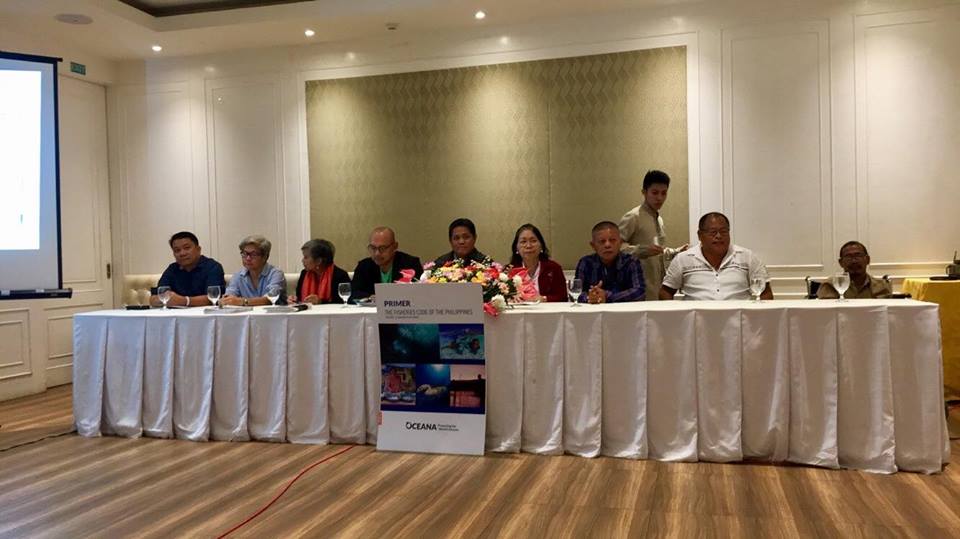
Members of the Tanon Strait Protected Seascape (TSPS) gather for the 3rd General Assembly of the Protected Area Management Board. (CDN PHOTO/IZOBELLE PULGO)
A total of 391 members of the Tañon Strait Protected Seascape (TSPS), composed of LGU, NGO, and barangay officials converged on Friday for the 3rd General Assembly of the Protected Area Management Board.
Officer-in-charge and Regional Director Emma Melana of the Department of Environment and Natural Resources in Central Visayas (DENR-7) said the event aims to renew the commitment of each member as well as to give recognition to their partners that helped in the protection and management of the TSPS.
“This is to inform the members what we have done in 2016 and also for advocacy and renewed commitment for each member,” she said.
“We have achieved milestones kay nigamay na lang ang mga commercial fishers especially in the south of Cebu and naa’y mga fisherfolk nga nitaas na ilang kuha, which is rewarding kay na-observe nila nga nibalik na daw ang mga isda.”
(We have achieved milestones. The number of commercial fishers especially in the south of Cebu has reduced and fisherfolks in the area noted incease in their daily catch.)
The Tañon Strait lies between the islands of Negros and Cebu and is about 161 km (100 miles) long. It connects the Visayas Sea in the north to the Bohol Sea in the south.
The TSPS was created by virtue of Presidential Proclamation No. 1234 in 1998 and is the largest marine protected area in the Philippines.
TSPS is one of the richest fishing grounds in the country and considered to be one of the tuna highways of the Philippines. It is one of the Visayas region’s seven distinct fisheries ecosystems, supporting the livelihoods of marginal fisherfolks.
Helping DENR are the NGOs including Rare Philippines, Oceana, and SmartSeas PH, as well other agencies like the the Bureau of Fisheries and Aquatic Resources (BFAR), the Department of Interior and Local Government (DILG), and the Office of the Ombudsman, the LGUs and provincial government.
During the general assembly, the primer for Republic Act 10654 or the amended version of the Philippine Fisheries Code, which provides for higher penalties and mandates for better monitoring systems to stop illegal, unreported, and unregulated fishing.
Spearheaded by Oceana, the primer provides a simplified highlights of the salient points of the amended Fisheries Code as well as the rationale for its amendment.
“The amended Fisheries Code provides the bite needed to empower our local enforcers to better protect our seas – allowing fish stocks to recover from decades of overfishing,” Atty. Gloria Ramos, vice president of Oceana, said.
The primer can be downloaded at Oceana’s website (https://ph.oceana.org).
The general assembly and launching was held today at the Cebu Grand Convention Center.